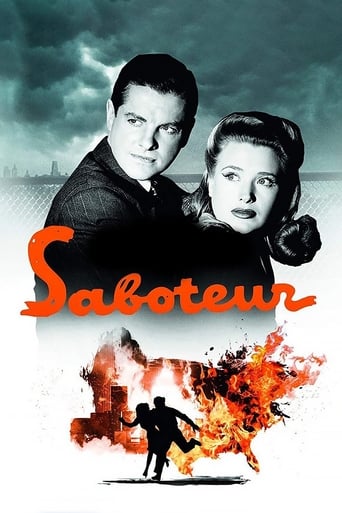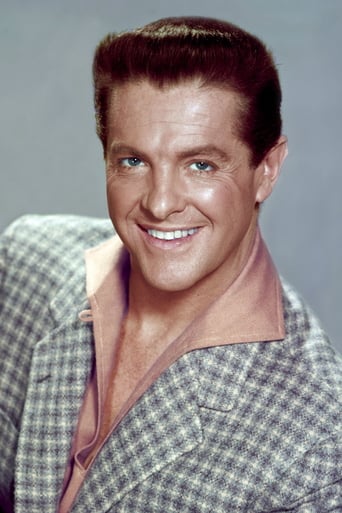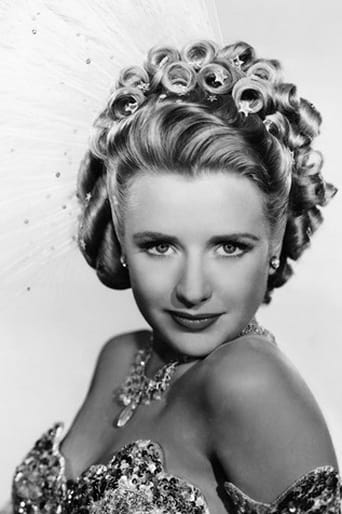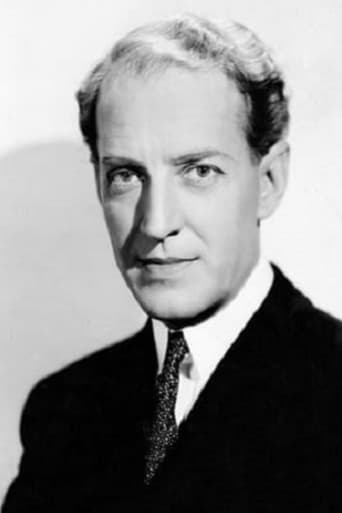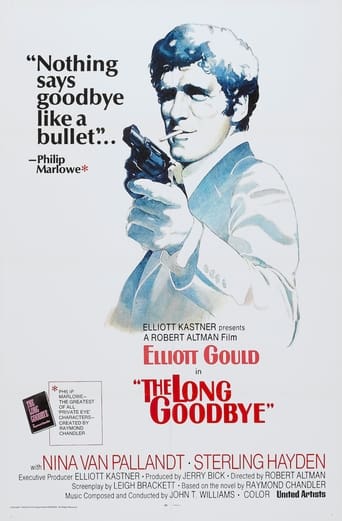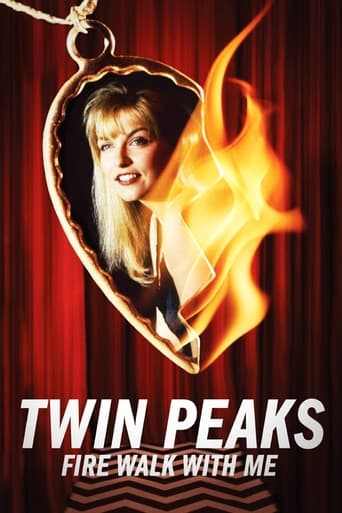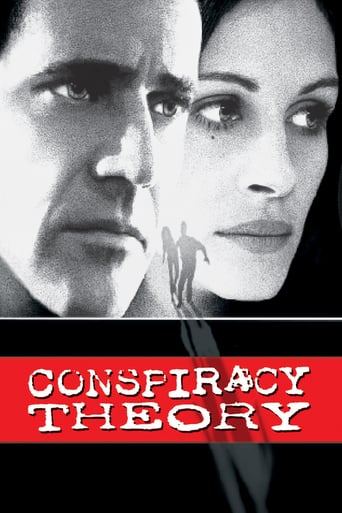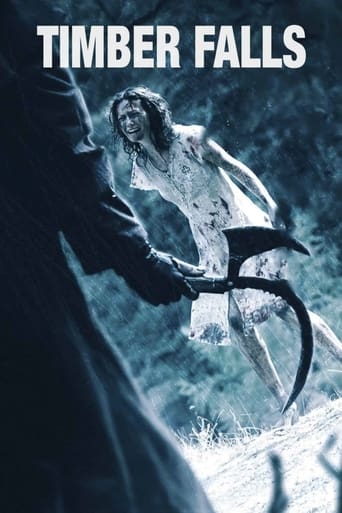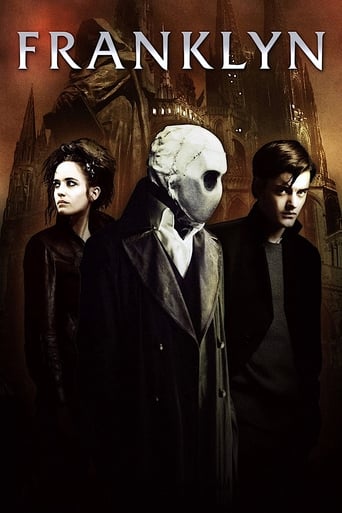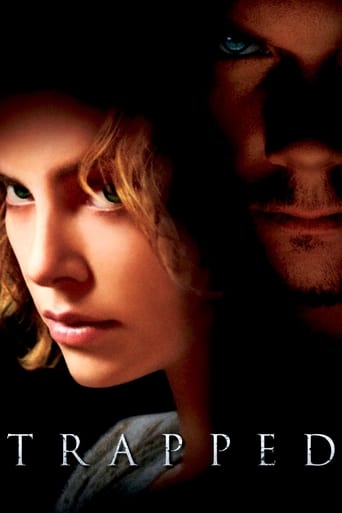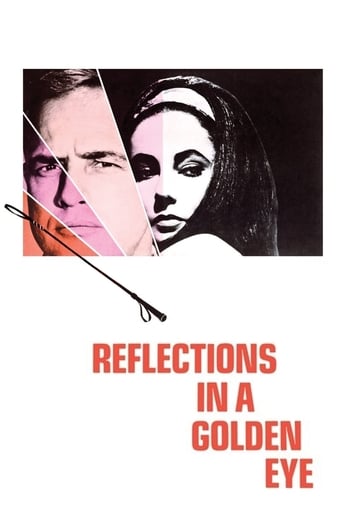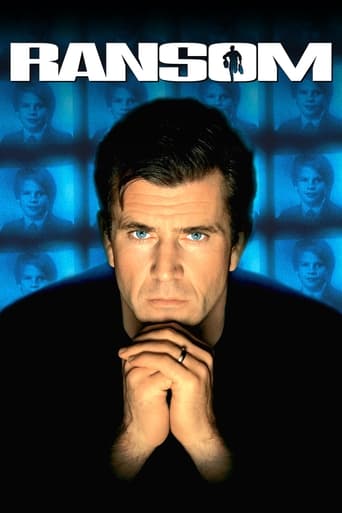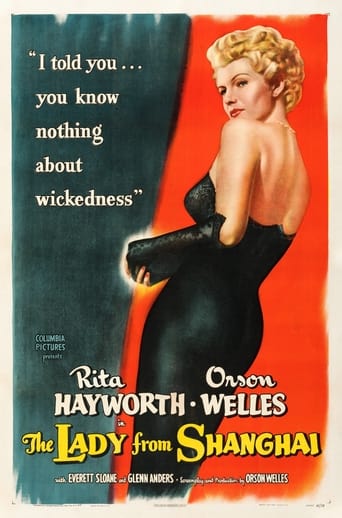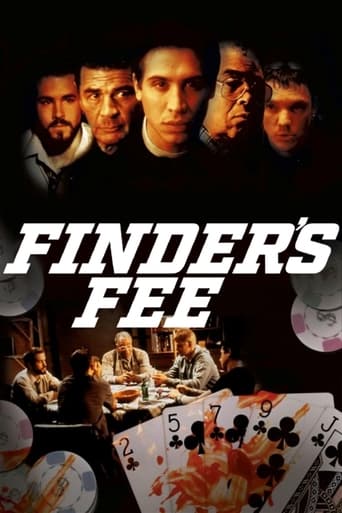Saboteur (1942)
Aircraft factory worker Barry Kane flees across the United States after he is wrongly accused of starting the fire that killed his best friend.
Watch Trailer
Cast


Similar titles
Reviews
I like this story.A man is supposed to be a murder and try to escape.He meet a young ,beautiful lady on the way and they fall in love.It's so romantic ,at the time thrilling especially last scene that a real murder scream for a help on the statue of liberty.However I don't like something in the film.I think it is too rapid that two of them confirm how they feel to each other.
This film is vintage Hitchcock. It contains many of his trademark attributes. But it can best be considered a precursor to his classic film "North by Northwest". Both contain these elements: a plot involving an innocent man on the run, a seemingly benevolent pillar of the community who is the villain, the scenic use of an American landmark, and even the use of an auction as a plot point.Robert Cummings plays Barry--the innocent man. Priscilla Lane plays Pat--the woman who becomes involved in his intrigue. Otto Kruger plays Tobin--the villain who menaces with a smile on his face. It's a solid cast, but Hitchcock himself was disappointed that he could not procure the services of the actors he preferred.This film is very much a product of its time, being released soon after the U.S. entered WWII. With the citizenry of the nation on alert and still in shock after the Pearl Harbor attack, the story of "Saboteur" would seem to be on the mark, but it was a box office failure. Compare that to the performance of "The Major and the Minor", a Billy Wilder comedy starring Ginger Rogers, which was also released in 1942. It was a hit, perhaps because it offered escapism to its audiences.The film is a vehicle for wartime pontificating, including speeches about democracy versus totalitarianism--speeches that were stiff like the slogans on patriotic posters. Hitchcock makes the best of it, but the film lacks the charm of "North by Northwest", which also features the charms of Cary Grant.Hitchcock is masterful in using the element of suspense, particularly the passage of time. But many of his later efforts show his perfection of all cinematic elements, including suspense.
Indeed, after having ventured in the atmosphere of early Hitchcock's movies and an anachronistic oddity titled "Under Capricorn", "Saboteur" provided me the same satisfaction an explorer who trotted over the globe for months would feel when crossing the threshold of his home. I missed the good old Hitchcock format to the point of homesickness and when the spinning Earth of Universal Pictures introduced that opening credits with a weird linear background and the ominous shadow of the titular "Saboteur", I knew I was swimming in familiar water, I enjoyed every moment of the 1942 thriller, and forgave every flaw.Yes, there were flaws, the plots was written by three persons and I suspect they never met to get all their ducks in a row, but the action is so fast-paced and Hitchcock's directing so insolently confident that you savor every bit of this Swiss-cheese-like plot. They say Hitchcock was a Master of Suspense, I think he was hiding a subtler talent under his sleeve: he knew how to make you not notice the flaws. The action sequences, , the uses of ellipses and smash cuts, everything were so efficient that noticing a few weaknesses in the script would make you look nit-picky (not that all his films could got away with it)."Saboteur" opens with a sabotage of spectacular effect, a hatched-face guy named Fry bumped into two aircraft workers, one of them is Barry, played by Robert Cummings (and not Dana Andrews). Barry has enough time to check the name on a postcard. A few minutes later, a fire starts and Fry gives him an extinguisher, Barry's friend wants to take part to the action, ignoring that the extinguisher is filled with gasoline. Hitchcock gratifies with the death of a man literally eaten up by flames and falling like a burnt match. Now, this is an opening. What follows is pure Hitch stuff, Barry is the suspect number one because he handed the fatal extinguisher and naturally, there's no worker named Fry.Mistaken identities is one of Hitchcock's darling and it's handled quite efficiently in "Saboteur" as Barry's identity is often the cause of misleading tricks with both the right and wrong side of the law, and can even be looked at the whole theme of the movie, which is about the fifth columnist threatening the United States' interests during the War. Indeed, "Saboteur" can't be taken outside of its context, the decisive incident happens in the temple of the war effort after all. But the mistaken identity emphasizes the interesting contrast between the good guys and the villains, obviously. Those who trust Barry are all average Joes, down-on-their-luck, from the people, while the bad guys are very unlikely figures, a gentle grandfather played by Otto Kruger and a socialite played by Alma Kruger (no relation).One would think the film has a point to make about American values, and he would be right. During his road trip, Barry meets many archetypes of American society and these are opportunities for some grandiloquent speeches about democracy. Some are pretty well-written and I must say I have drank like little milk the lines delivered by Vaughan Masser, the blind host. Some others, as well-intended as they were, were too preachy. When Barry and Pat (Prscilla Lane) ask the circus troop workers for help, the Skeleton Man proposes a vote, when the midget protests, he's called 'fascist', which was a pretty bold answer. But then again, if the man was so eager to save them, why didn't he just help them? Is it better to make a bad decision democratically than a noble one tyrannically? kind of makes you think.I understand the context forced Hitchcock to inject some inspirational moments in his film, like he did in "Loveboat", but this aspect was almost contradicted by the way the real folks behaved, the agents of FBI, the navy yard guards, all so conveniently incompetent, enough not to spot the bad guys or to arrest the wrong one so much for democracy. One would rather accept Barry's punchy methods, after all, it's not like he trusted the justice of his country and handed himself to the Law. You're never really sure what Hitch's point is, and maybe this is the film's slight edge over "Lifeboat". The Master gives the villain many shining moments, they sing to Tchaikov' music in a car, the suave villain a speech of his own and talk about "mass morons", and even say bout totalitarian regimes that "they get things done", and ironically, this is what the hero does, getting things done with the villains' methods.Despite these contradictions, the film lets itself being enjoyed, one scene after another, Hitchcock showcases his capability to provide memorable moments, a shootout in a Radio City theater with real shotguns heard in the movies, where the suspense lies on the moment the audience will realize what's going on, a paper with a message for help flying over the sky and last but not least, the Statue of Liberty's climax. What a fitting demise for the villain who sinned by fire to die at the altar of the Liberty torch. Yet even Hitchcock acknowledged a flaw: everyone wanted the villain to die. He wouldn't commit the same mistake in "North by Northwest", but what a satisfying ending.As Fry, Norman Lloyd, without being the most memorable Hitchcok villain is the one whose face leaves the most vivid impact, and this is saying a lot in a film where they're a group of intimidating people. So we have memorable villains, a dark and handsome hero, mistaken for a killer, running afoul of the Law to prove his innocence and meeting in the process a beautiful blonde, car chases, last-minute escapes, bomb explosions, breath suspended as often as disbelief, and a climactic sequence taking place in the most unexpected and spectacular setting. I needed my fix of Hitchcock, and I got it with "Saboteur".
Saboteur was made in 1942 and thus is a propaganda film by Alfred Hitchcock.The subject is Nazi sympathizers in America working to sabotage key targets such as factories and military installations.Robert Cummings plays Barry Kane an aircraft factory worker wrongfully accused of sabotage which killed his co-worker. He crossed the path of the real saboteur and now with few clues is on the hunt for him and clear his name.The film owes a lot to a previous Hitchcock effort that he made in Britain, The 39 Steps. Both films have similar plot devices as the hero is in a cross country pursuit chased by law enforcement authorities and fascist sympathizers. On the way he meets some people who assist him such as a truck driver, or a travelling circus and more importantly Kane meets up with beautiful model Patricia Martin (Priscilla Lane) who is wary of him and tries to turn him in at first.The film very much feels like a remake of The 39 Steps but Cummings lacks the dash of Robert Donat and just looks like too much a solid stock actor. There is some black humour and effective visual touches as Kane goes from California to the skyscrapers of New York.This is still a film that shows us a Hitchcock trying to feel is way round filming in America trying to find actors who will represent his vision. Here he is well served by the bad guys. The suave and wealthy Otto Kruger lusting after power in the new world order and Norman Lloyd the villain who gets his hands dirty.What is effective is the climax at the Statue of Liberty. Not for the first time where Hitchcock will got an American landmark and it is so effectively filmed.

